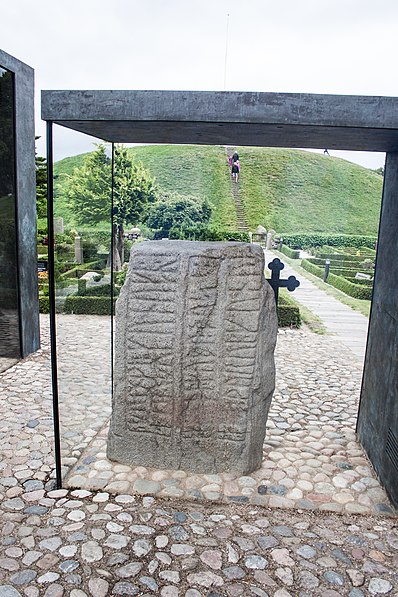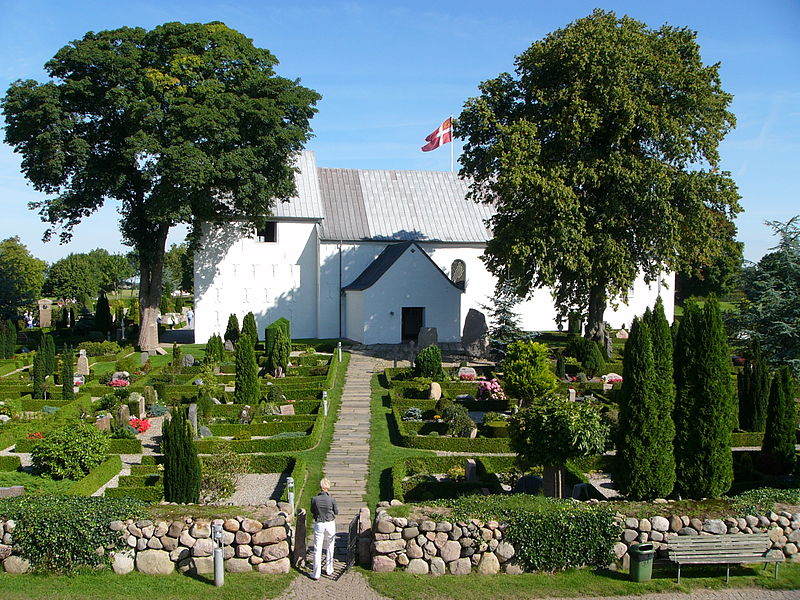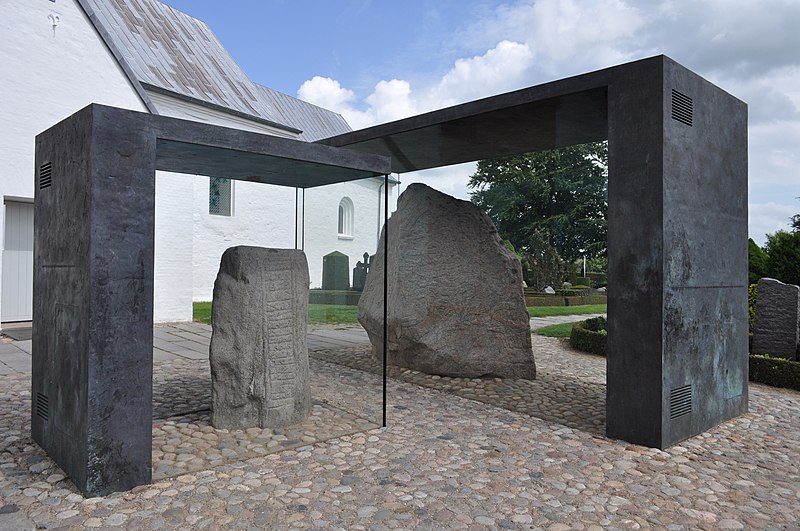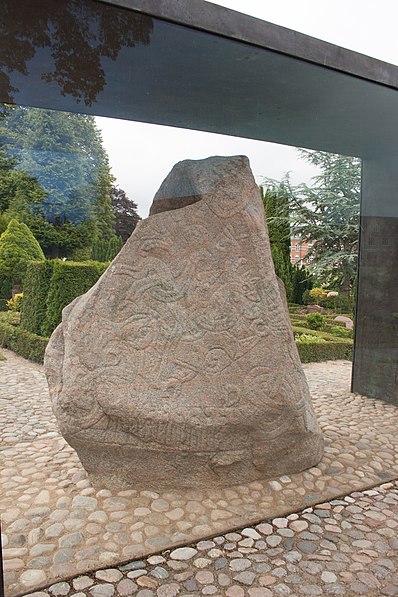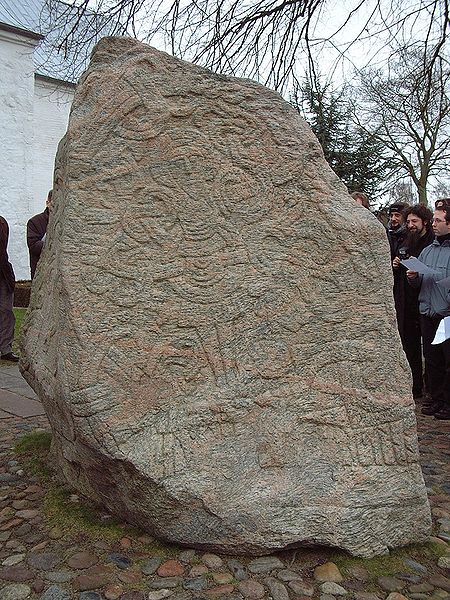Jelling stones, Jelling
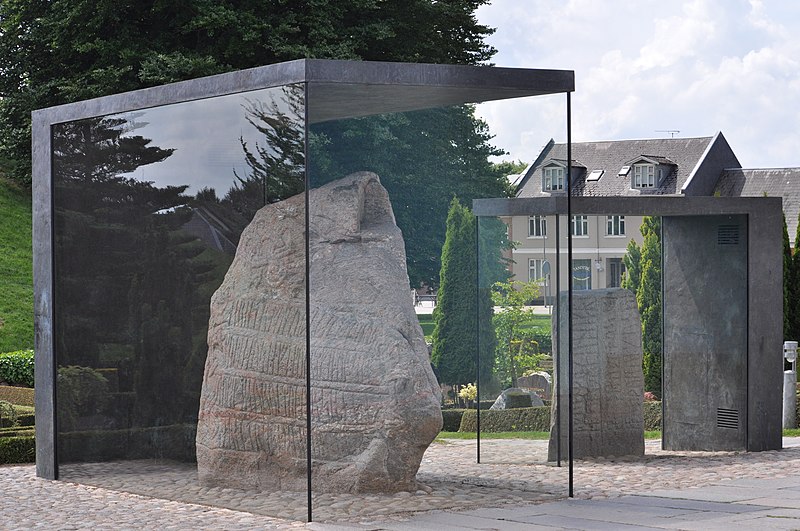
Facts and practical information
The Jelling stones, often referred to as Denmark’s "birth certificate," are a pair of monumental runic stones located in the town of Jelling in central Denmark. These stones, etched with intricate inscriptions and images, are a pivotal part of Viking Age history and are recognized as a UNESCO World Heritage Site. The larger of the two stones was erected by King Harald Bluetooth in the memory of his parents and to mark his achievement of uniting Denmark and Norway, and converting the Danes to Christianity.
The smaller stone is older and is attributed to King Gorm the Old, commemorating his wife Thyra. The larger Jelling stone features a depiction of Christ, which is considered one of the earliest representations in Scandinavia and signifies the Christianization of the Danish people. The runic inscriptions on the stones are among the best-known in Denmark and are a critical source for the study of this period in Nordic history.
Visitors to the Jelling stones can also explore the Jelling church and two large burial mounds, which are part of the historical complex. The site's museum, Kongernes Jelling, offers interactive exhibits about the Viking Age, the transformation of the Danes to Christianity, and the significance of the Jelling stones. This makes the site not only a journey into the past but also an educational experience for all ages.
Jelling stones – popular in the area (distance from the attraction)
Nearby attractions include: Givskud Zoo, Bryggen, Engelsholm Castle, Vejle Kunstmuseum.
Frequently Asked Questions (FAQ)
When is Jelling stones open?
- Monday 24h
- Tuesday 24h
- Wednesday 24h
- Thursday 24h
- Friday 24h
- Saturday 24h
- Sunday 24h


